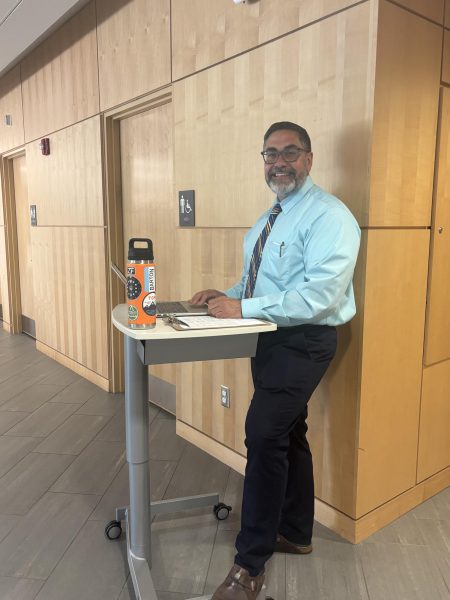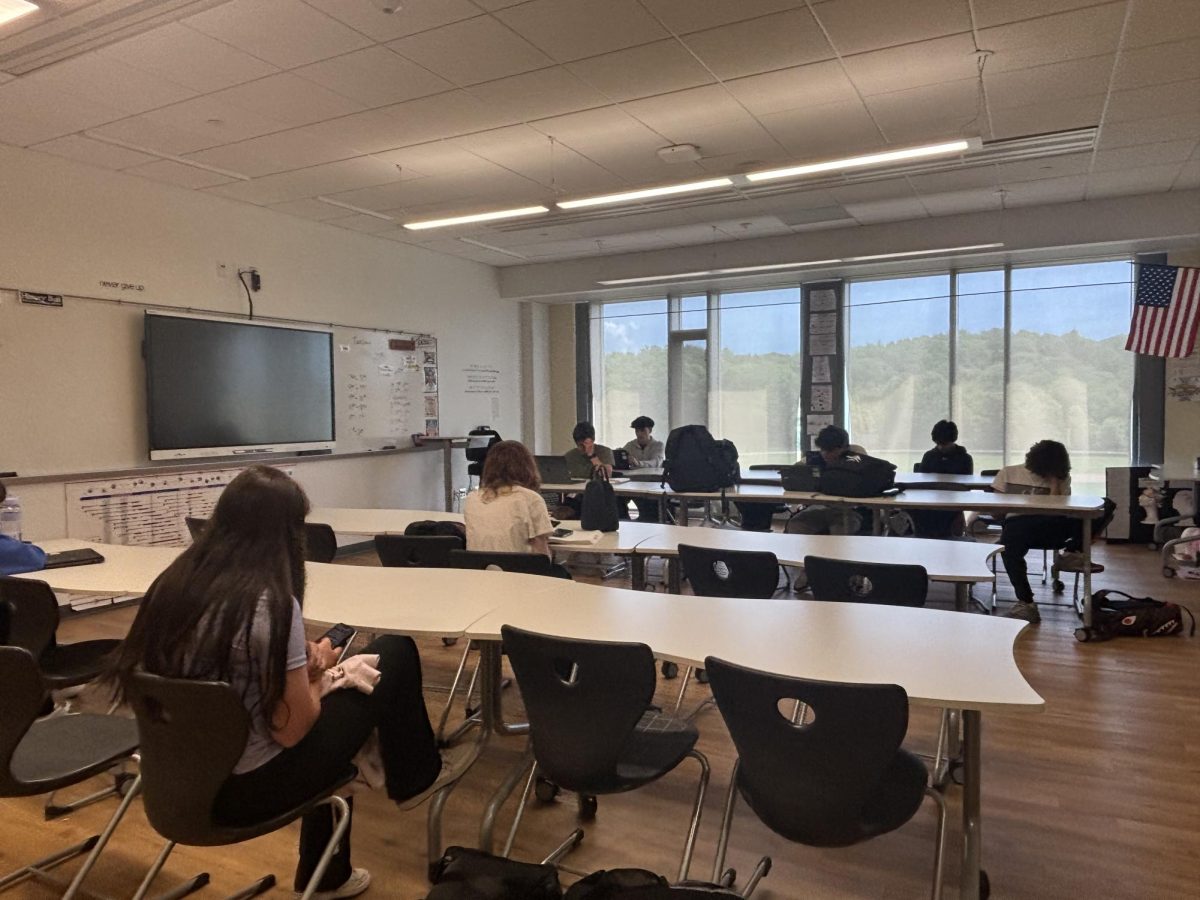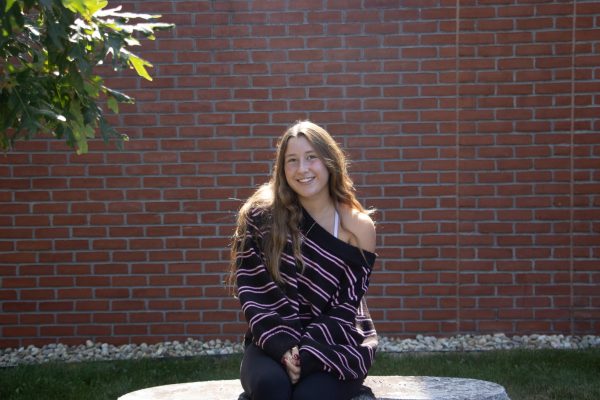Every upperclassmen dreams of it: starting the school day late or ending it early. For many, having a study hall during A or H period feels like a well-earned reward after years of grinding early mornings and packed schedules. But when it comes to scheduling, it’s not as simple as giving every senior what they want.
Take Nina Fishman, a senior with an H period study, “It gives me a break in my busy schedule,” she says. “With sports, work, and different things, I get to have a break.” For Fishman, it’s the payoff for years of hard work, and she’s not the only student who feels like this.
Still, while it may seem like a reasonable and fair expectation, the reality of scheduling tells a different story, one that’s far more difficult than many realize.
Out of 130 seniors, 110 have either an A or H study, which is 85% of that class. On paper, that sounds like a lot. But here’s where it gets tricky: 61 of them have H period study, and 50 have A period study. That means almost everyone is trying to fit their class schedules around these two periods, and it just doesn’t work.
Only 13 students have study E period, for example, which is in the middle of the day. The distribution shows the imbalance: most students want their free time at the beginning or end of the day, and very few are okay with it happening midday.
And that unevenness causes frustration, especially for seniors who feel like they’ve missed out.
“I just think it’s unfair that I walk by A and H period studies with a ton of underclassmen in them,” says senior Laura Orn “And I have had C and F studies, and I’ve never gotten to leave early. I have classes in those periods that could have been easily switched around to give me a study at the beginning or end of the day, but somehow it wasn’t possible to switch my schedule.”
Vice principal Christopher Luther explain the difficulties between creating the master schedule. It is an intense process that starts months in advance. It begins with course requests, what students need to graduate, what they want to take, and how many sections are needed based on enrollment numbers. Department heads use those numbers to make decisions about what courses make sense to run, who will teach them, and how many sections are possible.
that starts months in advance. It begins with course requests, what students need to graduate, what they want to take, and how many sections are needed based on enrollment numbers. Department heads use those numbers to make decisions about what courses make sense to run, who will teach them, and how many sections are possible.
All of that information is entered into spreadsheets to begin piercing together a massive puzzle. Eventually, it’s all entered into PowerSchool, where the final schedule is built.
But it’s not just about fitting into empty slots. Certain classes can’t overlap. For example, popular senior classes like AP Calculus and Humanities can’t be offered during the same period, many students take both. One wrong placement can create a scheduling conflict, affects dozens of students.
One of the biggest limitations is the A and H periods themselves. Many seniors also have the option to take UCONN English, which is only offered during H period. Because students don’t want to take those classes in H, it creates a dilemma. If administration avoid scheduling classes in A and H just keep those times open for study halls, they lose entire periods to schedule core courses. That means they have to cram the remaining courses into just six periods, which creates scheduling conflicts.
Ultimately, scheduling isn’t about giving everyone what they want. It’s about making sure students get what they need, credits, core classes, and a pathway to graduation. That doesn’t mean students’ wants’ don’t matter, It just means that when you’re working with a puzzle this complex, compromises are inevitable.
Luther describes, “Teachers and kids complain, but you have to realize, how big is this problem?”
For high schoolers, the answer? Bigger than most people think.
So while it may seem unfair that not every senior can score an A or H period study, understanding the intricate web of scheduling reveals a different truth: it’s not a lack of care, it’s a matter of logistics. And sometimes, even the best rewards have to wait.



